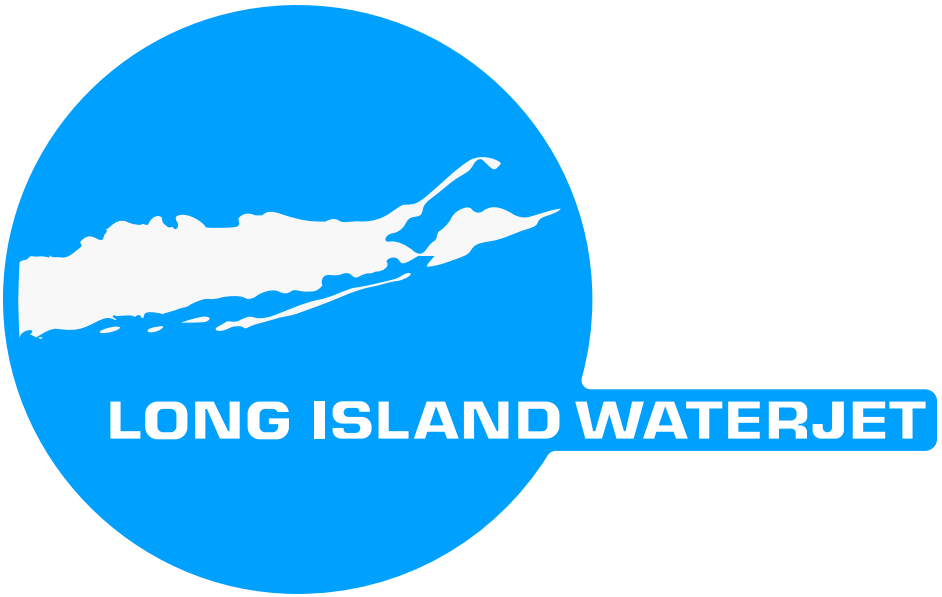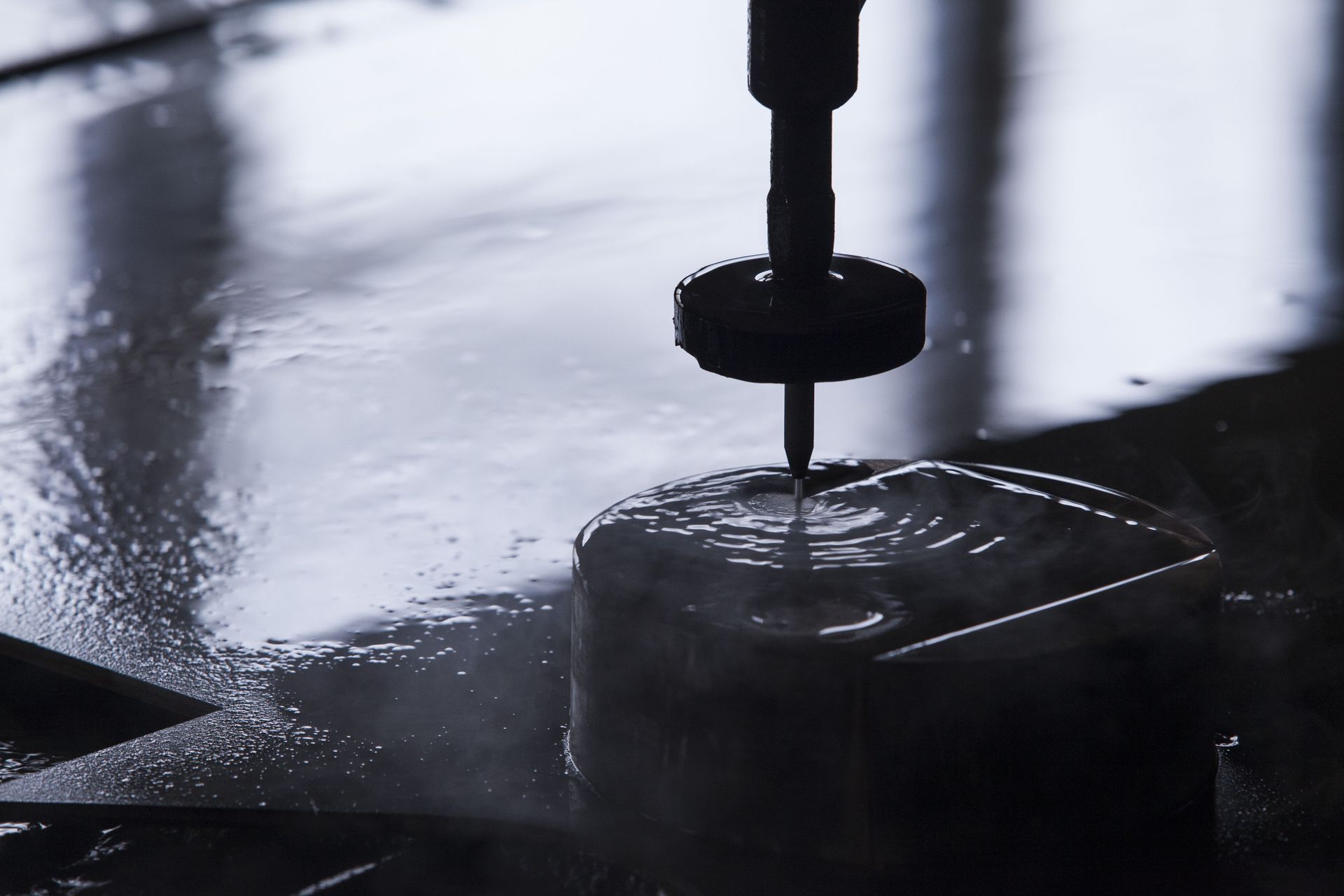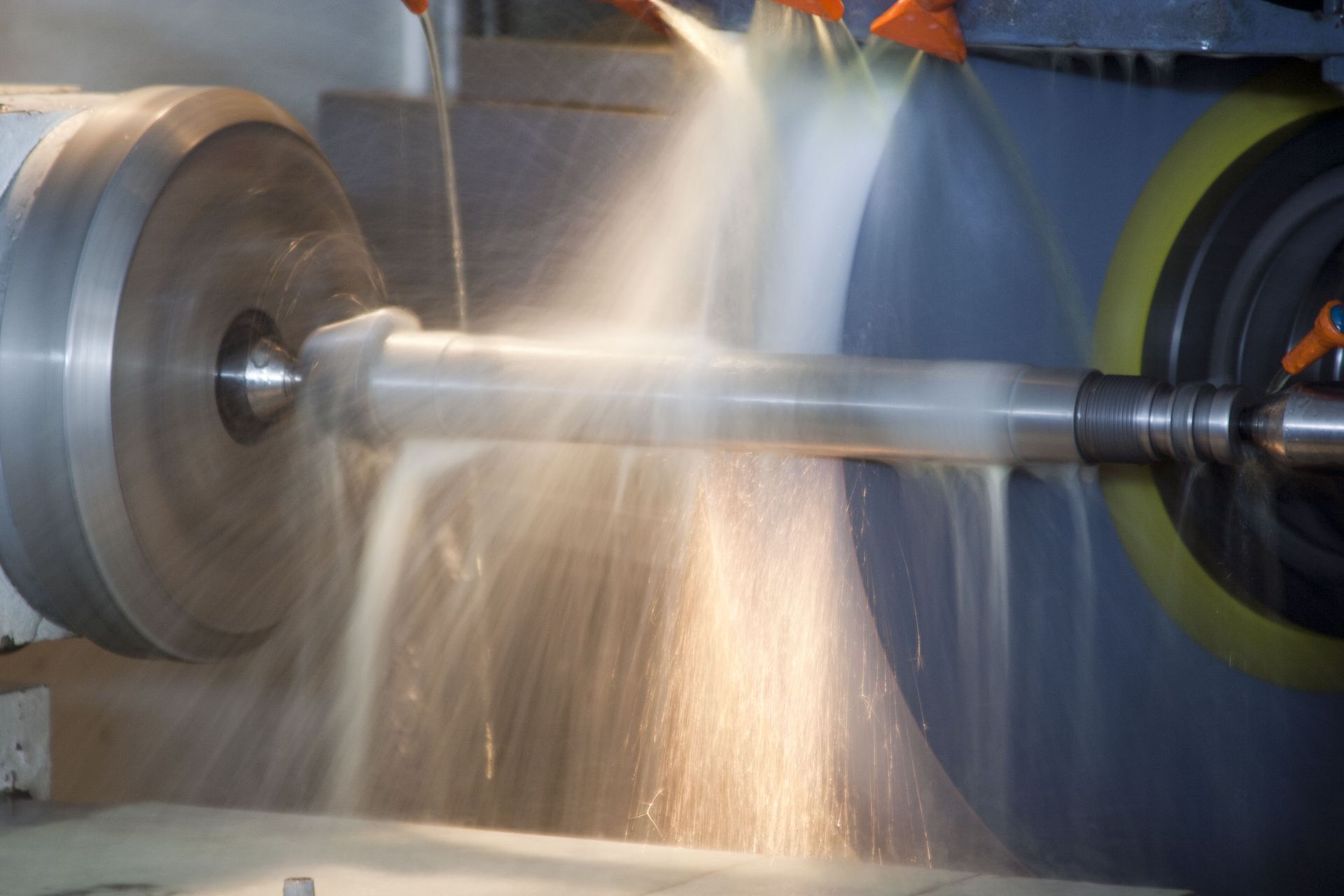How Water Jet Cutting Services Can Adjust PSI for Jobs Appropriately
Water jet cutting services have become an essential part of modern manufacturing and fabrication. Unlike traditional cutting methods, water jet cutting relies on high-pressure streams of water, often combined with an abrasive material, to cut through a wide range of materials with precision. One of the key advantages of this technique is its ability to adjust PSI (pounds per square inch) to match the material and the desired outcome of the job. Understanding how PSI affects cutting quality and efficiency can help manufacturers and project managers achieve optimal results while reducing waste and downtime.
Water jet cutting services are not only versatile but also highly precise. They can cut materials as thin as paper or as thick as metal slabs several inches deep. However, the success of each cut depends heavily on calibrating the PSI correctly. Too little pressure may lead to incomplete cuts or jagged edges, while excessive pressure can damage the material or the cutting equipment. By carefully adjusting the PSI, operators can maintain clean, accurate cuts and prolong the life of their machinery.
Another important factor in PSI adjustment is the type of material being cut. Different materials respond differently to water jet cutting. Soft materials like rubber or foam require a lower PSI, whereas hard metals, stone, or glass demand significantly higher pressures. Water jet cutting services are capable of handling this variability, allowing manufacturers to work with multiple materials without switching to different cutting tools. This adaptability is one of the main reasons why industries such as aerospace, automotive, and construction rely heavily on water jet technology.
Understanding PSI and Its Role in Water Jet Cutting
PSI, or pounds per square inch, measures the pressure at which water exits the nozzle in a water jet cutting system. Higher PSI levels increase the cutting power and speed, enabling the machine to cut through tougher materials. Conversely, lower PSI levels are better suited for delicate materials where precision and surface quality are more important than sheer cutting force. By selecting the appropriate PSI, water jet cutting services can balance efficiency with quality.
Operators typically consider several factors when determining PSI, including material thickness, hardness, and the intricacy of the design. For example, cutting a thin sheet of aluminum may require only 30,000 PSI, while thick steel plates might need pressures upwards of 60,000 PSI. Adjusting PSI also affects cutting speed and the wear rate of the nozzle. Water jet cutting services must therefore find the optimal balance to avoid unnecessary wear on expensive equipment while still achieving precise cuts.
According to Techniwaterjet.com, modified forms of waterjet cutting were also used for the mining of gold, using a PSI of 800. This example highlights the importance of selecting the right pressure for specific applications. In industrial settings, pressure selection is not arbitrary—it requires an understanding of both the material and the desired cut quality.
The Advantages of Adjustable PSI
One of the most significant advantages of water jet cutting services is the ability to adjust PSI for various jobs. This flexibility allows businesses to use the same equipment for a wide range of materials, reducing the need for multiple specialized machines. Adjustable PSI also improves energy efficiency, as using the minimum necessary pressure consumes less energy and reduces operational costs.
Additionally, adjustable PSI enhances safety. High-pressure systems can be dangerous if misused. By calibrating the PSI appropriately, operators reduce the risk of accidents, material damage, and equipment failure. Water jet cutting services train their operators to understand pressure levels and adjust them according to the specific requirements of each project. This expertise is crucial for maintaining high standards of quality and safety in industrial environments.
Material-Specific PSI Settings
Different materials require different PSI settings for optimal cutting. Soft metals, plastics, and composites often need lower pressures to avoid deformation or chipping. Hard metals, ceramics, and stone typically demand higher PSI levels to penetrate the material efficiently. For instance, cutting glass at too high a PSI can cause cracking, while cutting thick steel at too low a PSI can result in incomplete cuts.
Water jet cutting services usually maintain detailed charts or software that guide operators in selecting the appropriate PSI based on material type and thickness. By following these guidelines, they can consistently achieve clean cuts and minimize material waste. Moreover, this data-driven approach allows businesses to plan projects more accurately and estimate costs and timelines with greater confidence.
The Role of Abrasives in PSI Adjustment
In many water jet cutting applications, abrasive materials are added to the high-pressure water stream to enhance cutting capability. Abrasive water jets are particularly useful for hard or thick materials, such as stainless steel, granite, and titanium. The type and size of the abrasive, combined with PSI, influence the quality and speed of the cut.
Operators must carefully coordinate PSI and abrasive flow to achieve the best results. Too high a PSI with excessive abrasive can erode the material excessively, while too low a PSI may fail to penetrate the material. Water jet cutting services excel at balancing these variables, ensuring consistent performance and precise results for a wide range of industrial applications.
PSI Adjustment for Intricate Designs
Intricate designs, such as complex patterns or detailed shapes, require careful PSI management. Excessive pressure may cause overshooting or splintering, whereas insufficient pressure may fail to cut the design fully. Water jet cutting services use precise control systems to adjust PSI dynamically as the cutting head moves along the design path.
This capability is particularly valuable in industries like aerospace or automotive manufacturing, where precision is critical. By maintaining optimal PSI levels, water jet cutting services can create intricate parts with smooth edges and tight tolerances. These precise cuts often reduce the need for secondary finishing processes, saving time and resources.
Equipment Considerations for PSI Adjustment
Modern water jet cutting machines are equipped with advanced control systems that allow for precise PSI adjustments. These systems monitor water pressure, nozzle performance, and cutting speed, ensuring that each job receives the correct settings. Regular maintenance is essential to keep these systems functioning correctly. Wear and tear on pumps, nozzles, and seals can affect PSI consistency, leading to uneven cuts or equipment damage.
Water jet cutting services invest in training, technology, and maintenance to guarantee that their equipment operates at peak performance. By combining skilled operators with well-maintained machinery, they can achieve accurate cuts across a diverse range of materials and job types.
Cost and Efficiency Benefits
Proper PSI adjustment not only ensures quality cuts but also contributes to cost efficiency. Using only the necessary pressure reduces energy consumption and minimizes wear on consumable components like nozzles and abrasives. It also decreases material waste, as the likelihood of cutting errors or damage is lower when PSI is optimized for the material.
Water jet cutting services can provide clients with cost-effective solutions by applying the right PSI to each job. This approach allows businesses to achieve high-quality cuts without incurring unnecessary operational costs. Additionally, the ability to handle multiple materials with a single machine improves overall productivity and reduces downtime associated with tool changes.
For businesses and manufacturers looking to achieve precise, high-quality cuts, partnering with experienced water jet cutting services is essential. Professionals provide expert PSI management, advanced equipment, and skilled operators to meet the unique needs of each project. Contact Long Island Waterjet today to learn how our water jet cutting services can deliver the precision, efficiency, and quality your business requires.




Share On: